Union Depot
Introduction
Text-to-speech Audio
Images
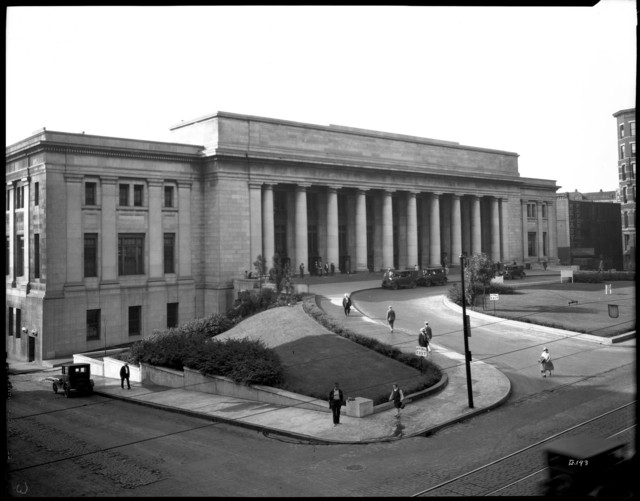
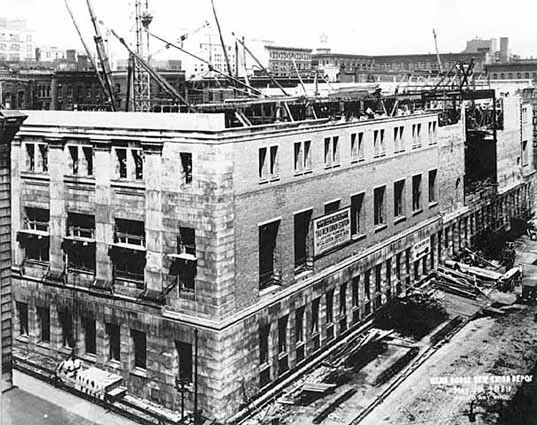
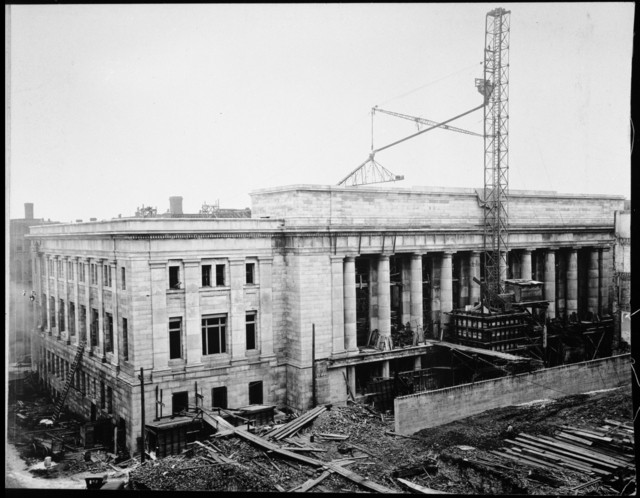
Old Union Depot (1890)
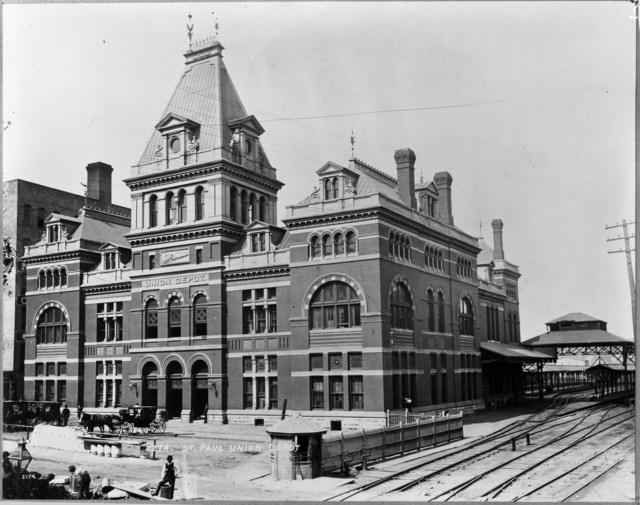
Union Depot (2012)
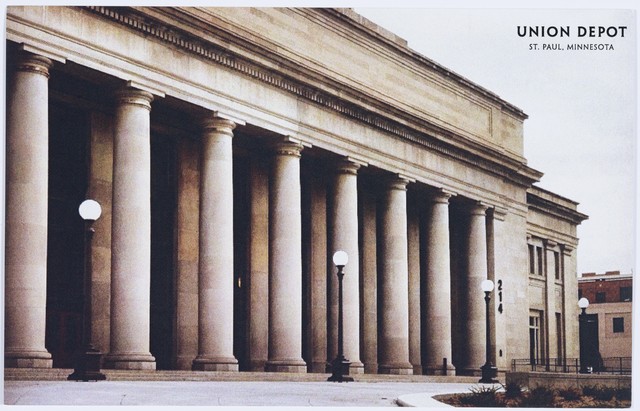
Backstory and Context
Text-to-speech Audio
From the late 19th century until the 1950s, St. Paul was the third largest rail hub in the United States after New York and Chicago. All of that traffic moved in and out of Union Depot.
The First Union Depot: A consortium of nine railroads funded the construction of the first Union Depot (1881), connecting St. Paul to Chicago, Milwaukee, St. Louis, Canada, the northern plains and the West Coast. It also made St. Paul a destination for thousands of European immigrants seeking homes and work in Minnesota in the late-19th and early-20th centuries. It burned to the ground in 1913 and the railroads undertook the construction of a larger, more modern replacement.
The Second Union Depot: This Union Depot opened in the 1920s. To make way for the construction of the new 33-acre site, which included the Depot itself, a roundhouse,10 platforms, and 21 tracks, builders demolished several existing city blocks. In order to move the building and tracks farther inland, they also had to raise the platform and tracks 17 feet above the existing grade of the streets. The new Depot was where St. Paulites dined out, raised a glass, shipped out for military service, and welcomed visiting dignitaries.
From Hub to Periphery: After World War II, automobile travel began to replace rail travel in popularity and long-haul highway trucking and air freight companies both garnered shares of the shipping economy the railroads had previously dominated. Union Depot ceased rail service in 1971 when the last passenger train left the station.
1971 to 2010: In the 1970s local preservationists got the front half of the building on the National Register of Historic Places while the US Postal Service purchased the back half of the building, razed the roundhouse, and removed the tracks and platforms. Numerous businesses opened and closed in the Head House and many redevelopment schemes for the building abounded, but none came to fruition until 2010 when the Ramsey Countil Regional Railroad Authority renovated the 33-acre property. Since 2012, Lowertown residents have lived, worked and dined here again and people from around the state, the country, and the world have arrived in and departed from St. Paul at Union Depot.
Cite This Entry
Dart, Danielle. "Union Depot." Clio: Your Guide to History. August 7, 2020. Accessed April 18, 2025. https://theclio.com/tour/1463/12
Sources
Millett, Larry. Lost Twin Cities. St. Paul, MN. Minnesota Historical Society Press, 1992.
Millett, Larry, The AIA Guide to the Twin Cities. St. Paul, MN. Minnesota Historical Society Press. 2007.
Union Depot Saint Paul. Accessed August 5th 2020. https://www.uniondepot.org/.
Minnesota Historical Society
Minnesota Historical Society

